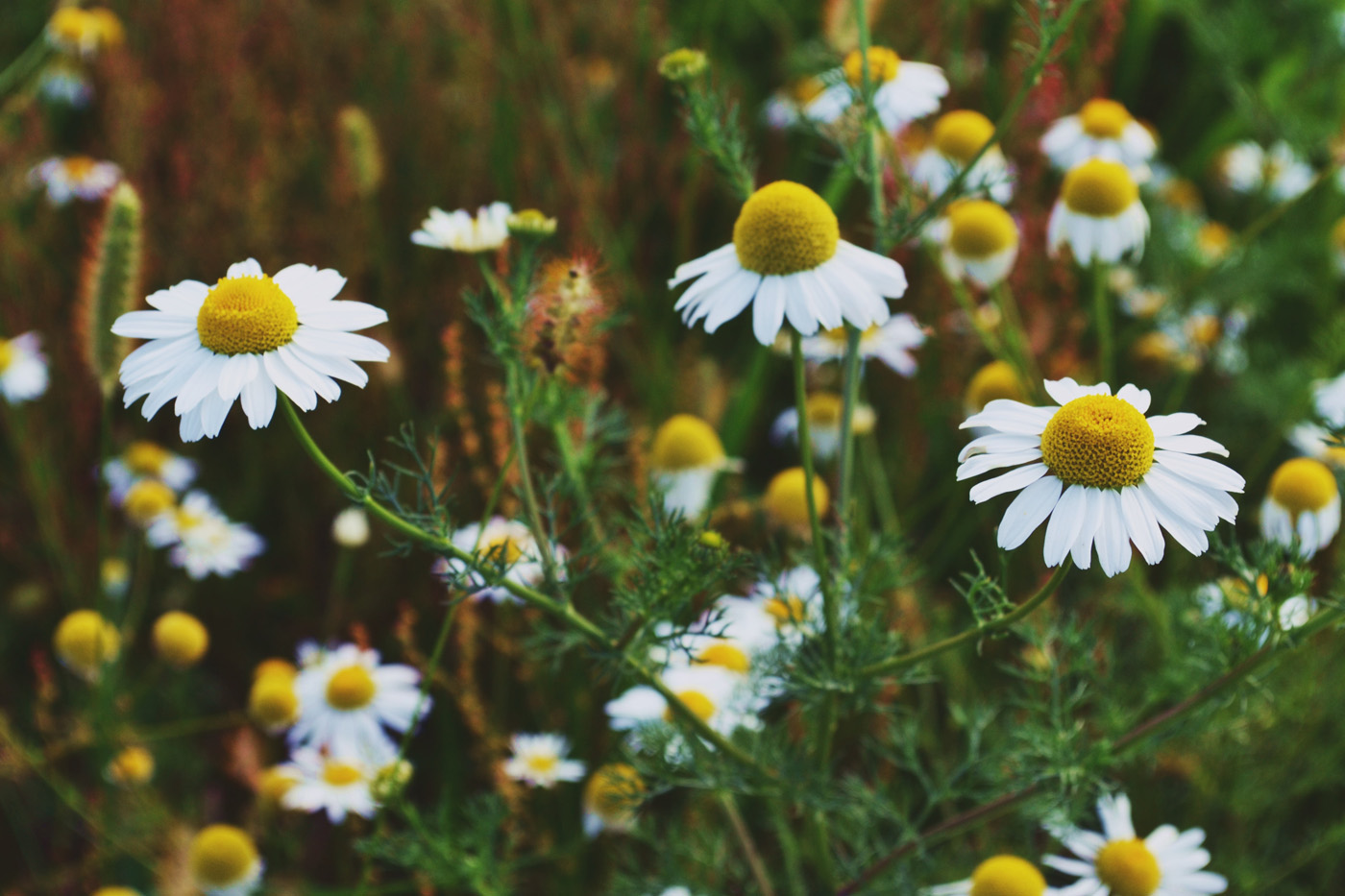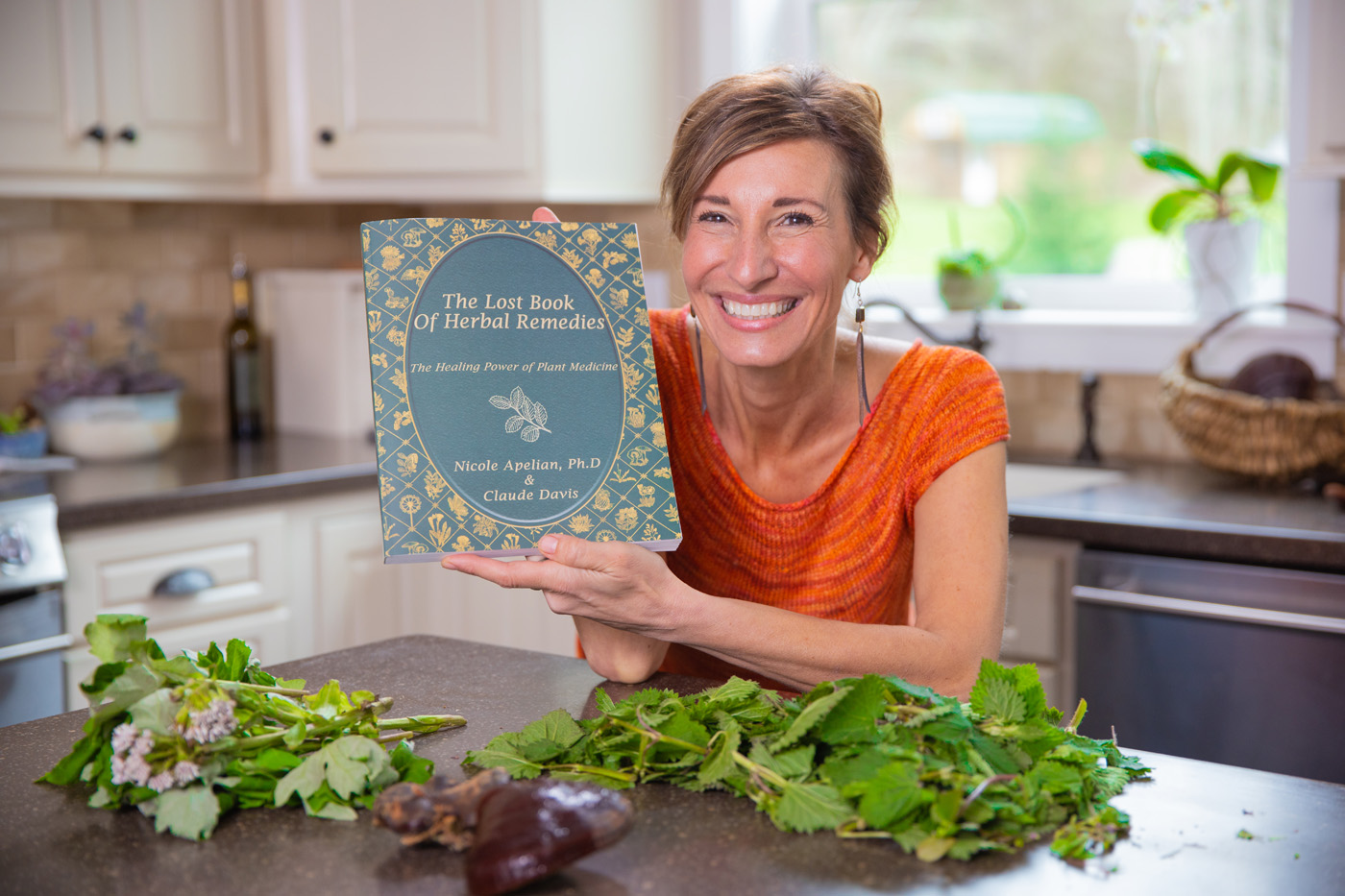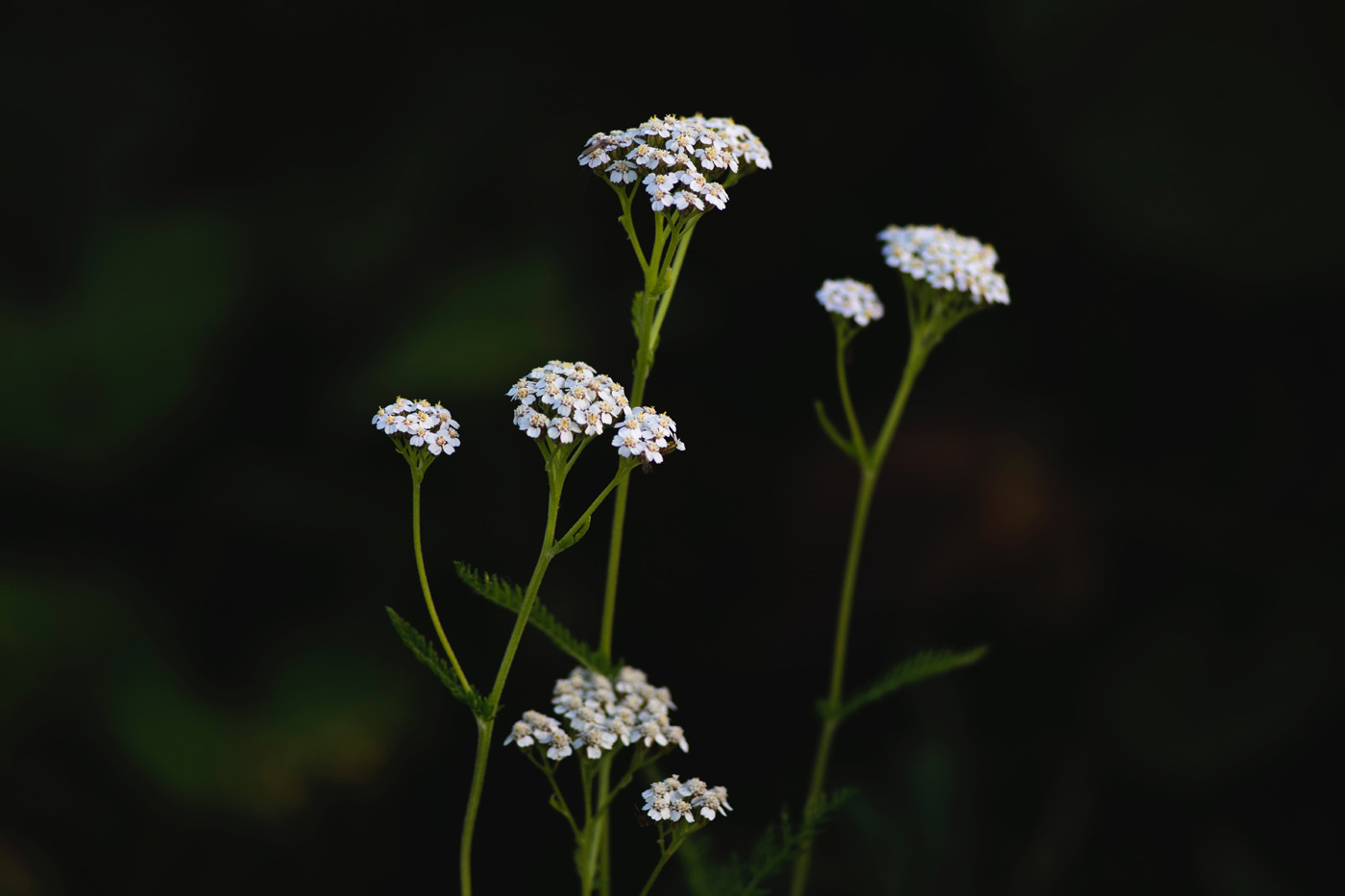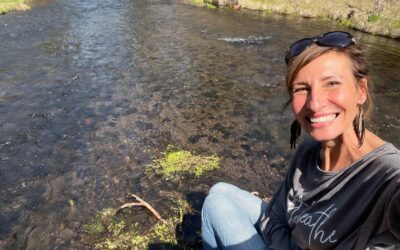The Link Between Early Humans and Medicinal Plants
If you believe that only modern humans tap into the therapeutic power of herbal remedies, a study of ancient remains found in an El Sidrón cave may give you pause for thought. When researchers analyzed samples from 50,000 year-old-teeth they made a surprising discovery: early humans did, in fact, use medicinal herbs for purposes other than food.
The team, led by archeologist Karen Hardy of the Catalan Institution for Research and Advanced Studies, found that the cave dwellers consumed yarrow and chamomile, which are bitter-tasting plants with little nutritional value. The same team had shown in an earlier study that the Neanderthals in El Sidrón, Spain, possessed a specific gene that allowed them to taste bitter substances.
“We know that Neanderthals would find these plants bitter, so it is likely these plants must have been selected for reasons other than taste”—probably medication,” says Hardy. “It fits in well with the behavioral pattern of self-medication by today’s higher primates, and indeed many other animals.”
Professor Alan Cooper, the Director of University of Adelaide’s Australian Centre for Ancient DNA (ACAD), agrees. His team published a paper on the findings from El Sidrón in the journal Nature:
“One of the most surprising finds, however, was in a Neanderthal from El Sidrón, who suffered from a dental abscess visible on the jawbone. The plaque showed that he also had an intestinal parasite that causes acute diarrhea, so clearly he was quite sick. He was eating poplar, which contains the pain killer salicylic acid (the active ingredient of aspirin), and we could also detect a natural antibiotic mold (Penicillium) not seen in the other specimens,” he said.
“Apparently, Neanderthals possessed a good knowledge of medicinal plants and their various anti-inflammatory and pain-relieving properties, and seem to be self-medicating. The use of antibiotics would be very surprising, as this is more than 40,000 years before we developed penicillin. Certainly our findings contrast markedly with the rather simplistic view of our ancient relatives in popular imagination.”

Herbal Remedies Used by the Neanderthals
It’s interesting to note that chamomile is an excellent nerve tonic which is known to calm stress, along with digestive disorders. It is also helpful for asthma, eczema, and insomnia. When taken internally, yarrow is an outstanding remedy for treating colds, influenza, dental pain, and internal bleeding. It’s also a potent antiseptic, astringent, and anti-inflammatory.
As I wrote in The Lost Book of Herbal Remedies: The Healing Power of Plant Medicine:
To reduce inflammation and relieve dental pain, chew on a piece of fresh yarrow root or yarrow leaves. In addition to its anti-inflammatory and anti-infection benefits, yarrow contains salicylic acid, a pain reliever that acts quickly.
I’ve included yarrow in my Winter Defense Bundle and All-Purpose (First Aid) Salve. It’s available as a stand-alone tincture as well.
Poplar is also an excellent pain reliever because of its salicylic acid content. It’s used for the treatment of diarrhea and other gut disorders. Additionally, poplar is rich in tannins that help to tighten swollen and inflamed tissues.
Apparently, chamomile, yarrow, and poplar weren’t the only medicinal herbs used by early humans.
A team of archeologists in Iraq uncovered evidence that they ingested mallow about 60,000 years ago. The herb is known for its ability to cleanse the colon and soothe nausea. Researchers believe it was most likely used to relieve digestive complaints. Mallow is also antibacterial, anti-inflammatory, diuretic, emollient, expectorant, and a laxative. It’s effective for healing urinary tract infections as well.
Each of these studies confirm there’s a strong link between early humans and plant medicine. I find this fascinating! It shows without a doubt that medicinal plants and humans have a special relationship that goes back tens of thousands of years and is just as relevant today as it was then.

Harness the Power of Medicinal Plants
Would you like to deepen your knowledge of herbal remedies? Have a look at The Lost Book of Herbal Remedies: The Healing Power of Plant Medicine. In it I provide detailed identification, harvesting, and application advice for many easy-to-find plants. This essential guide also shows you how to make tinctures, salves, decoctions and more right in your own home.
Nature is truly bountiful!
Nicole Apelian




